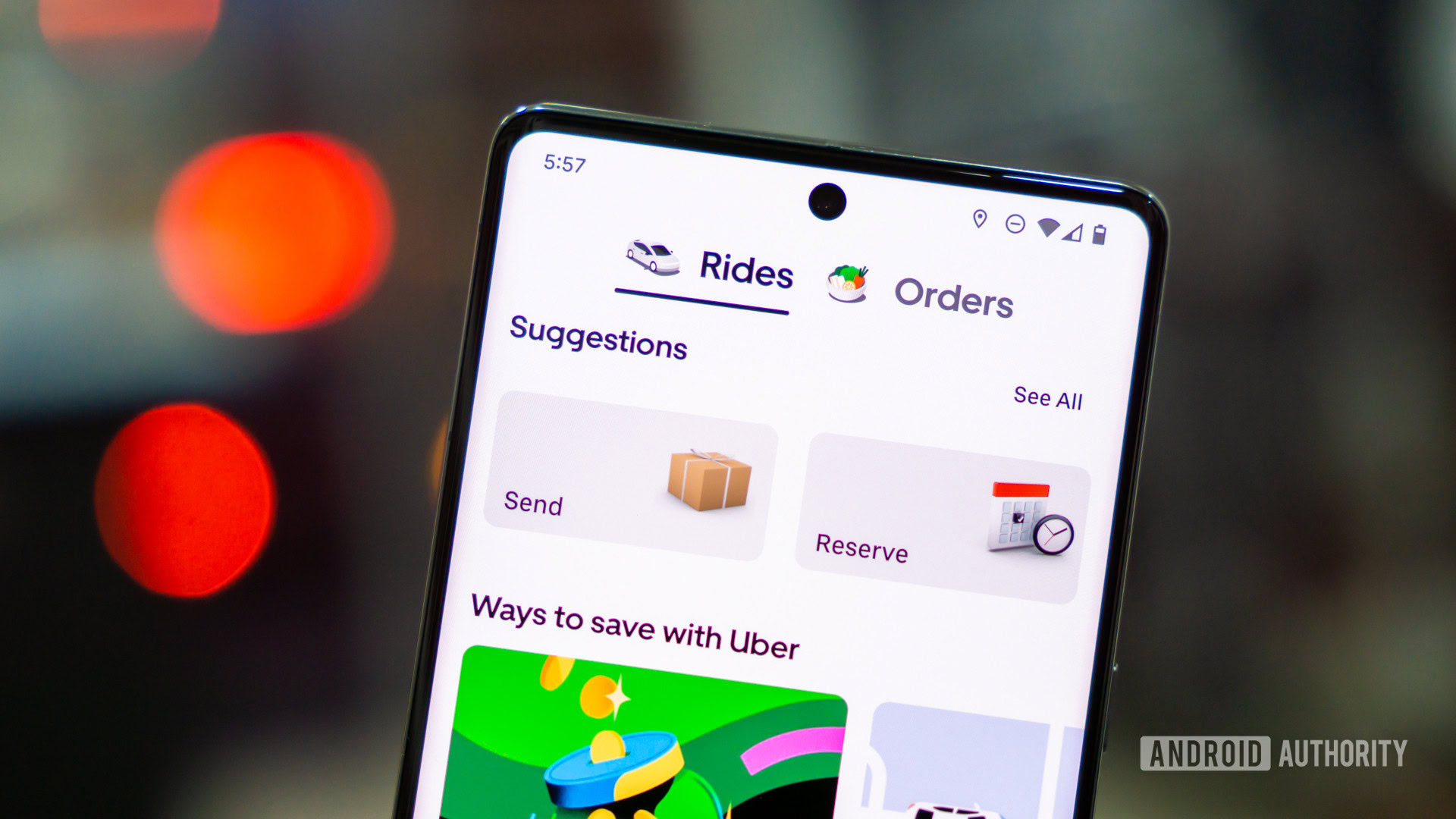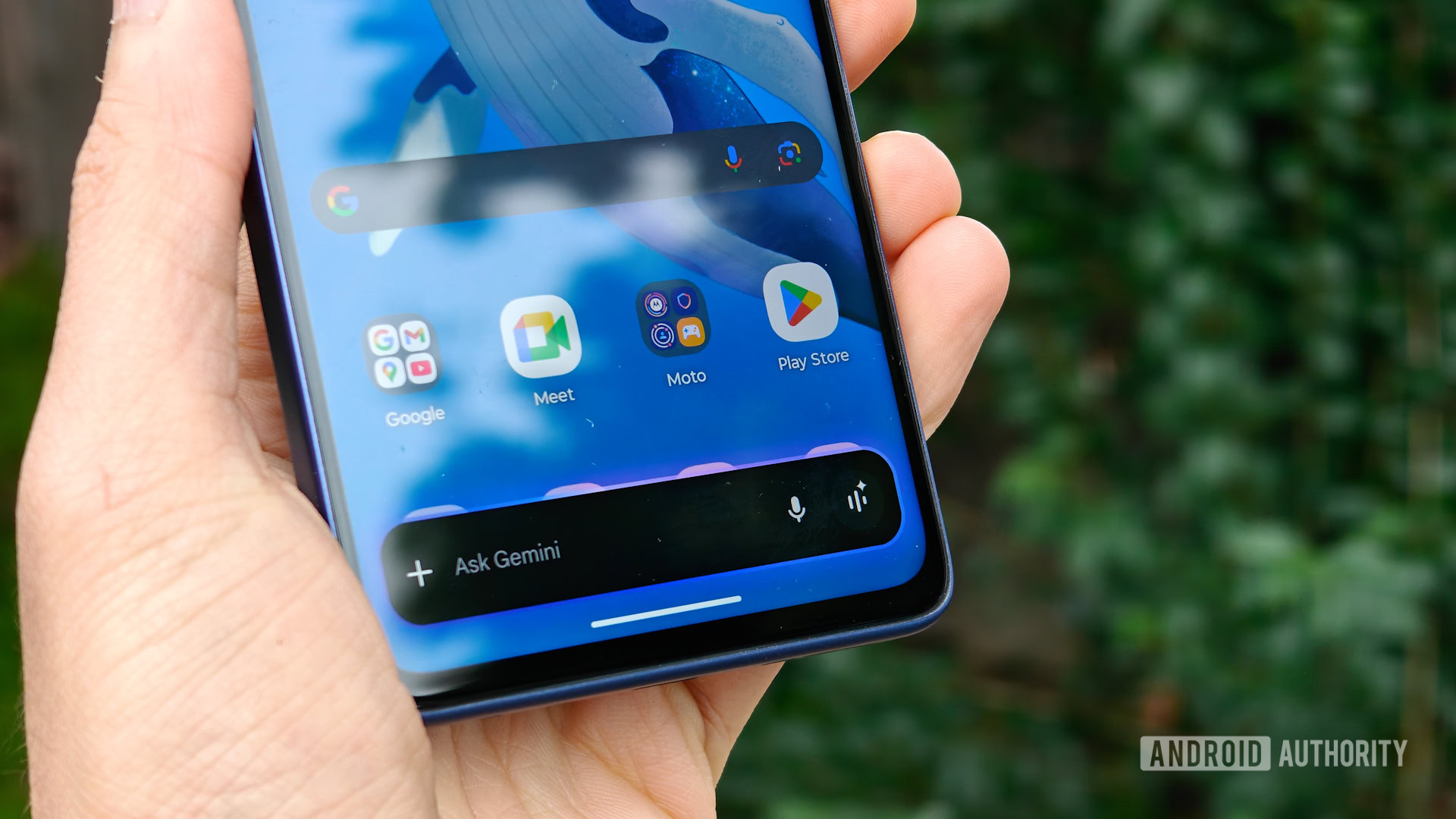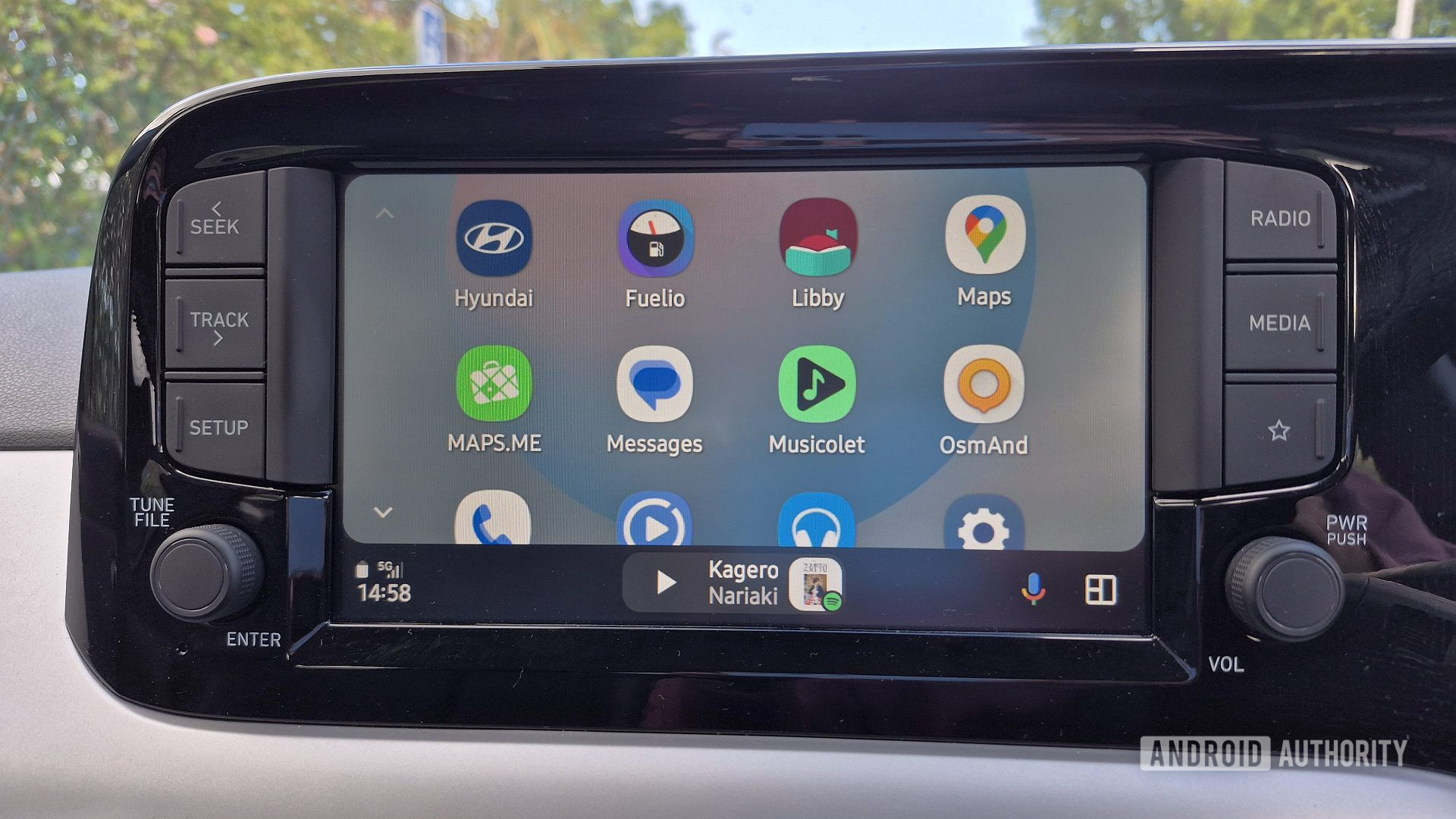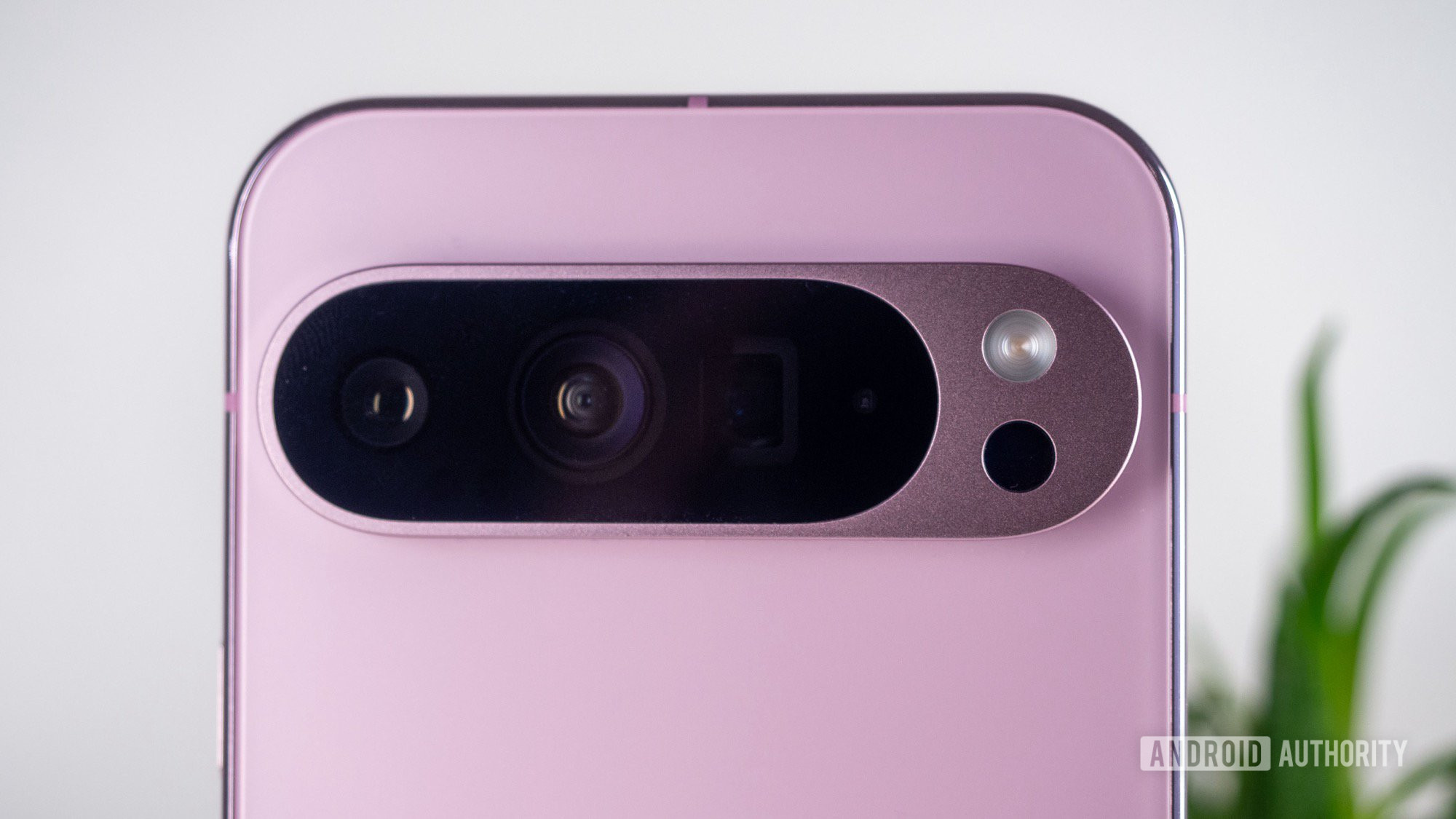Affiliate links on Android Authority may earn us a commission. Learn more.
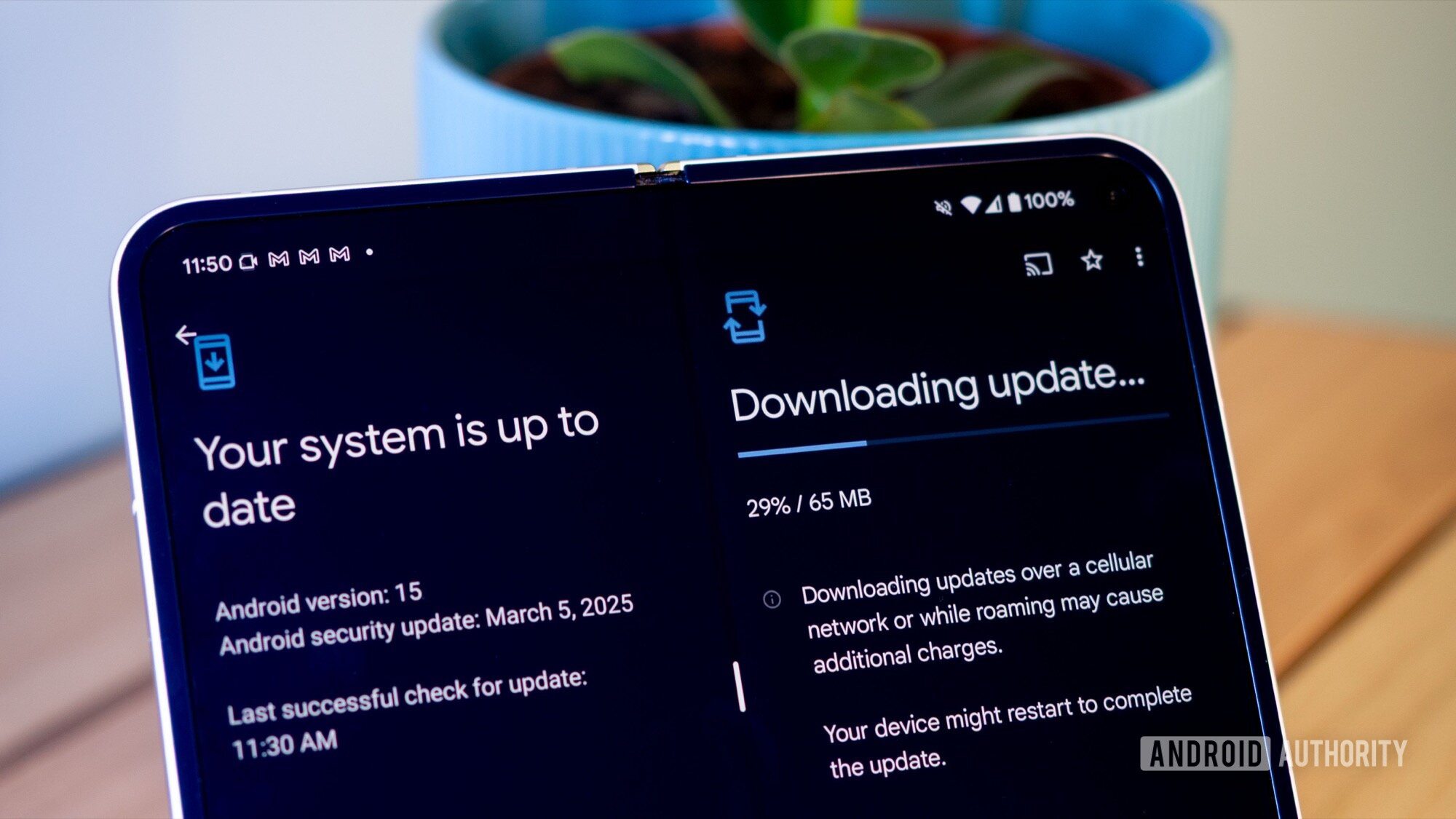
Features
Your Android phone is always lying to you: It’s not really up to date
0
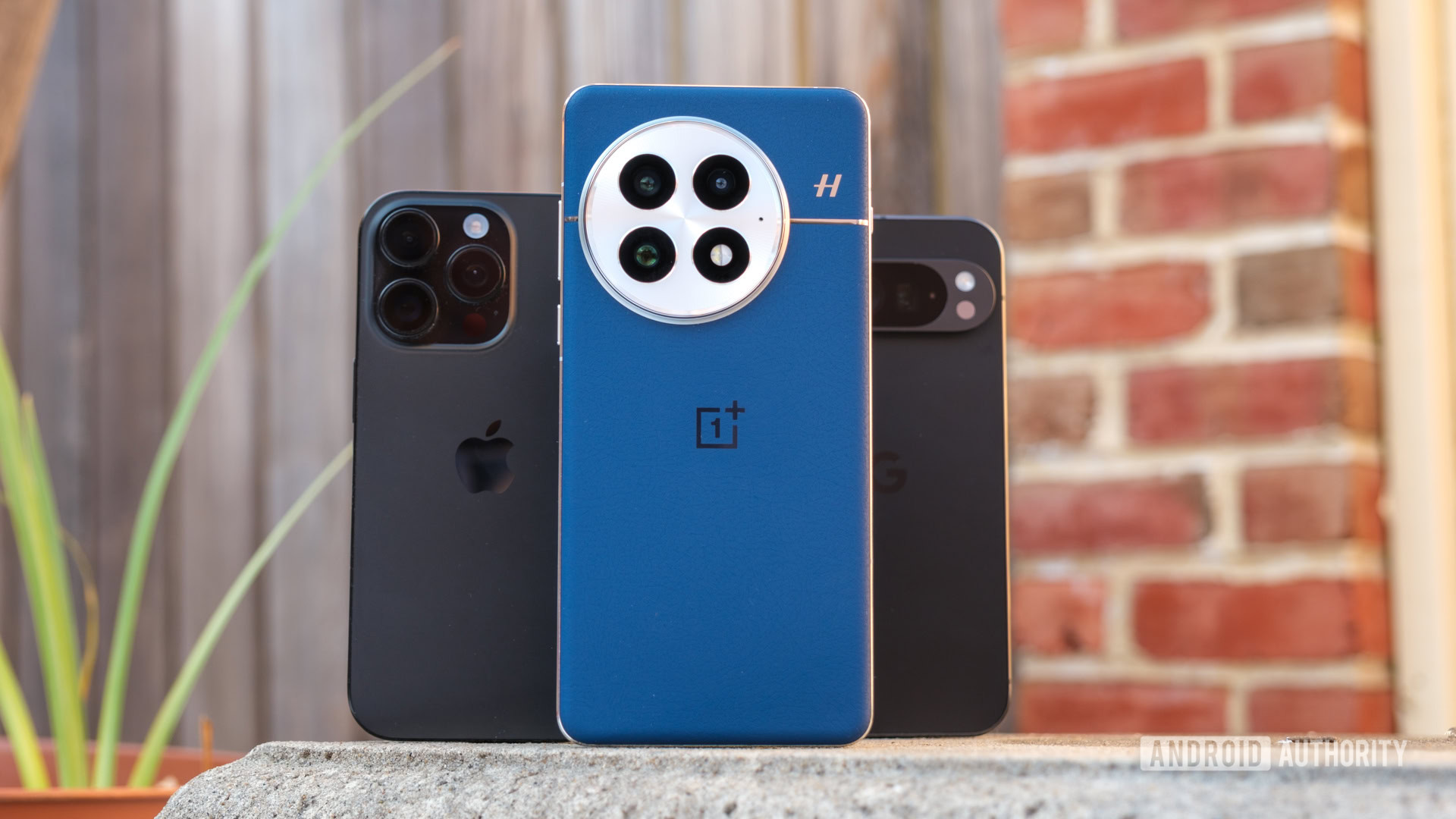
Features
Is iOS’s final form just… Android?
0
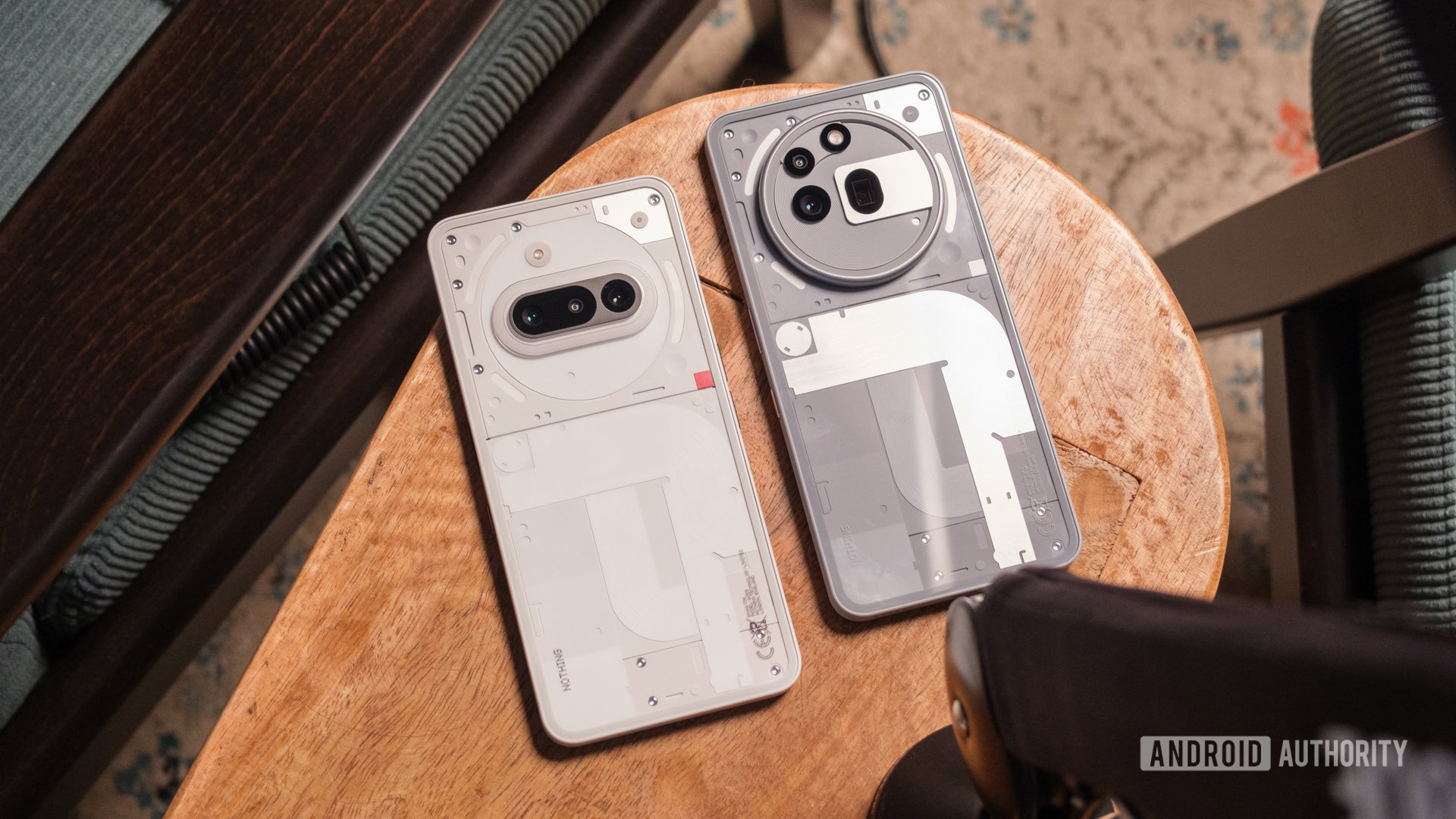

Reviews
If the Nothing Phone 3a and 3a Pro fixed this one thing I would tell everyone to buy them
0
Top stories
Latest poll
Would you feel comfortable giving an AI chatbot your search history?
4313 votes
In case you missed it
More news
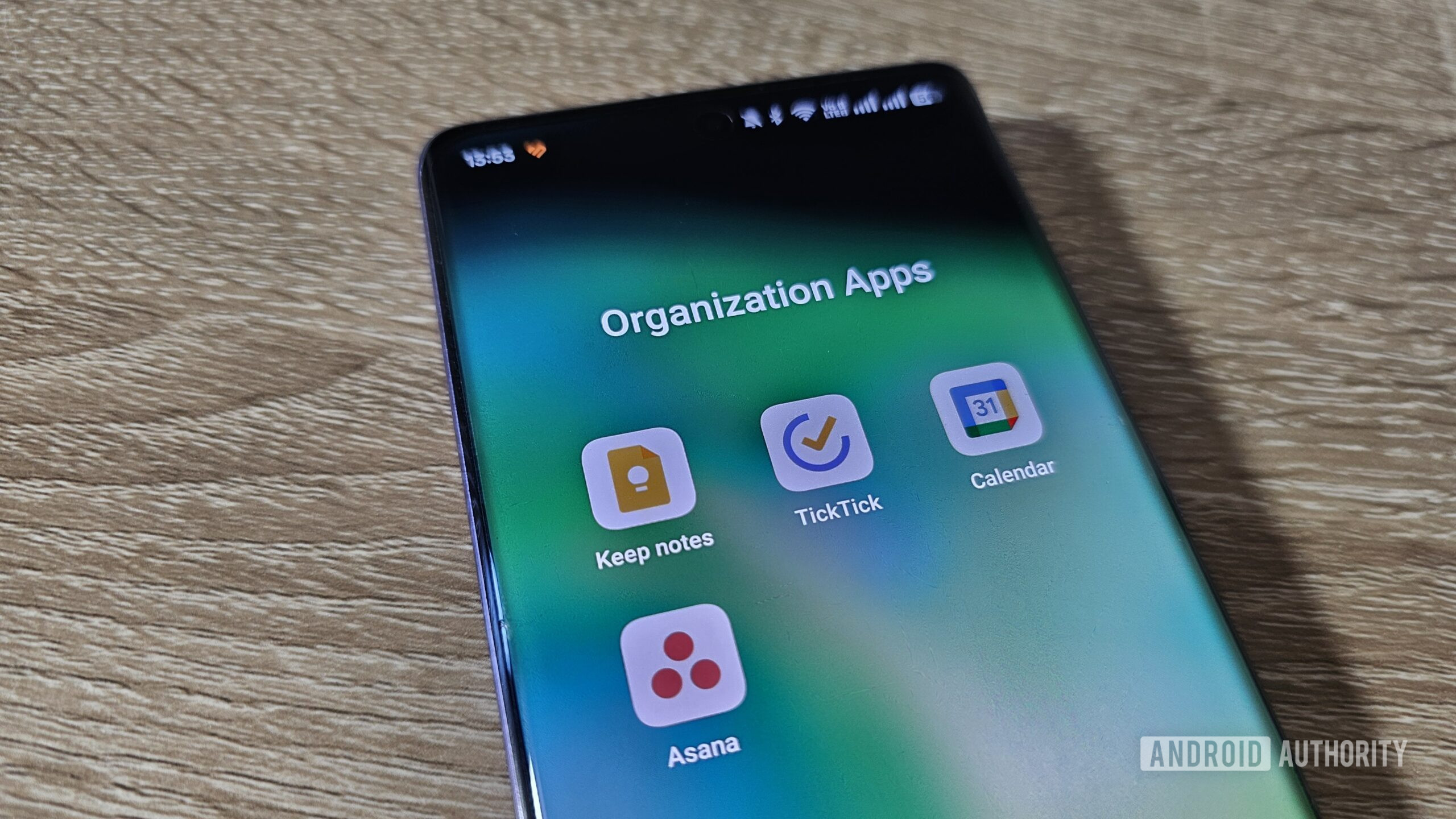
Megan EllisApril 2, 2025
0
These 4 free smartphone apps are all I need to stay organized
The best new Android apps and games for April 2025
Andy WalkerMarch 31, 2025
0
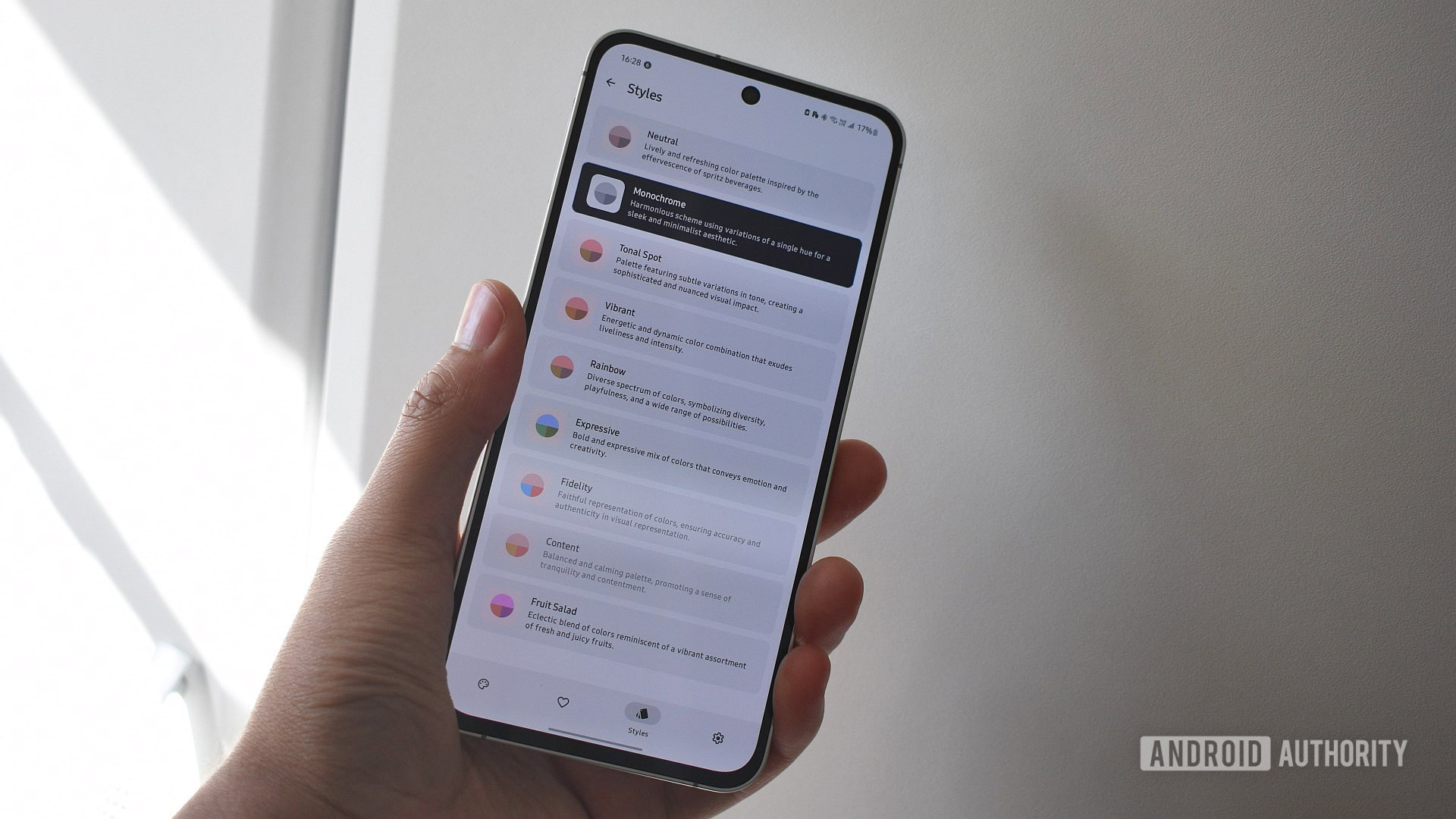
5 best SNES emulators for Android
Joe HindyMarch 31, 2025
0

The best Game Boy Advance emulators for iOS
Ben PriceMarch 26, 2025
0

Does the Google Pixel 9a support eSIM and dual-SIM?
Edgar CervantesMarch 26, 2025
0
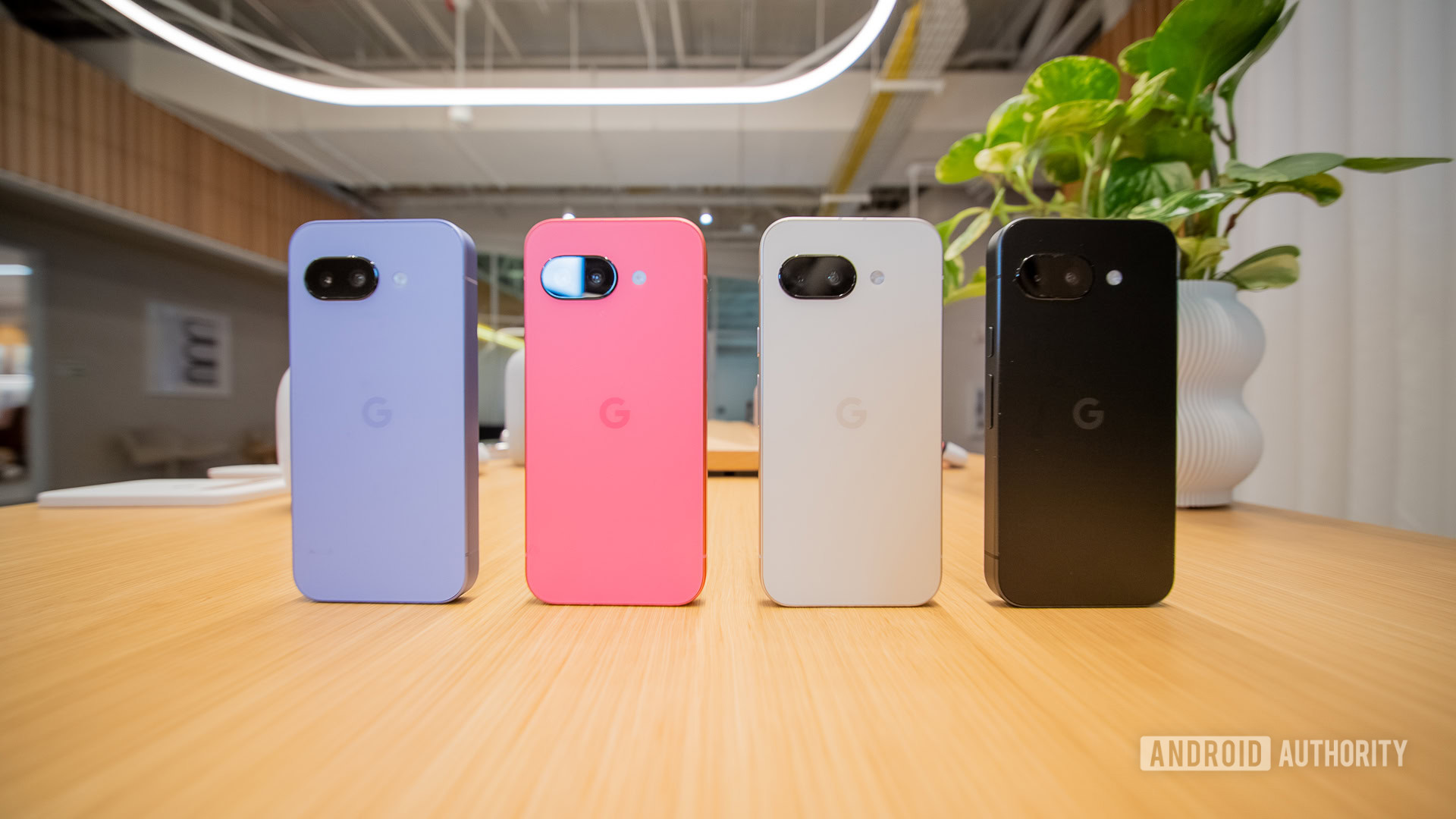
You haven't even pre-ordered the Pixel 9a yet, and there's already a teardown video
Stephen SchenckApril 4, 2025
0
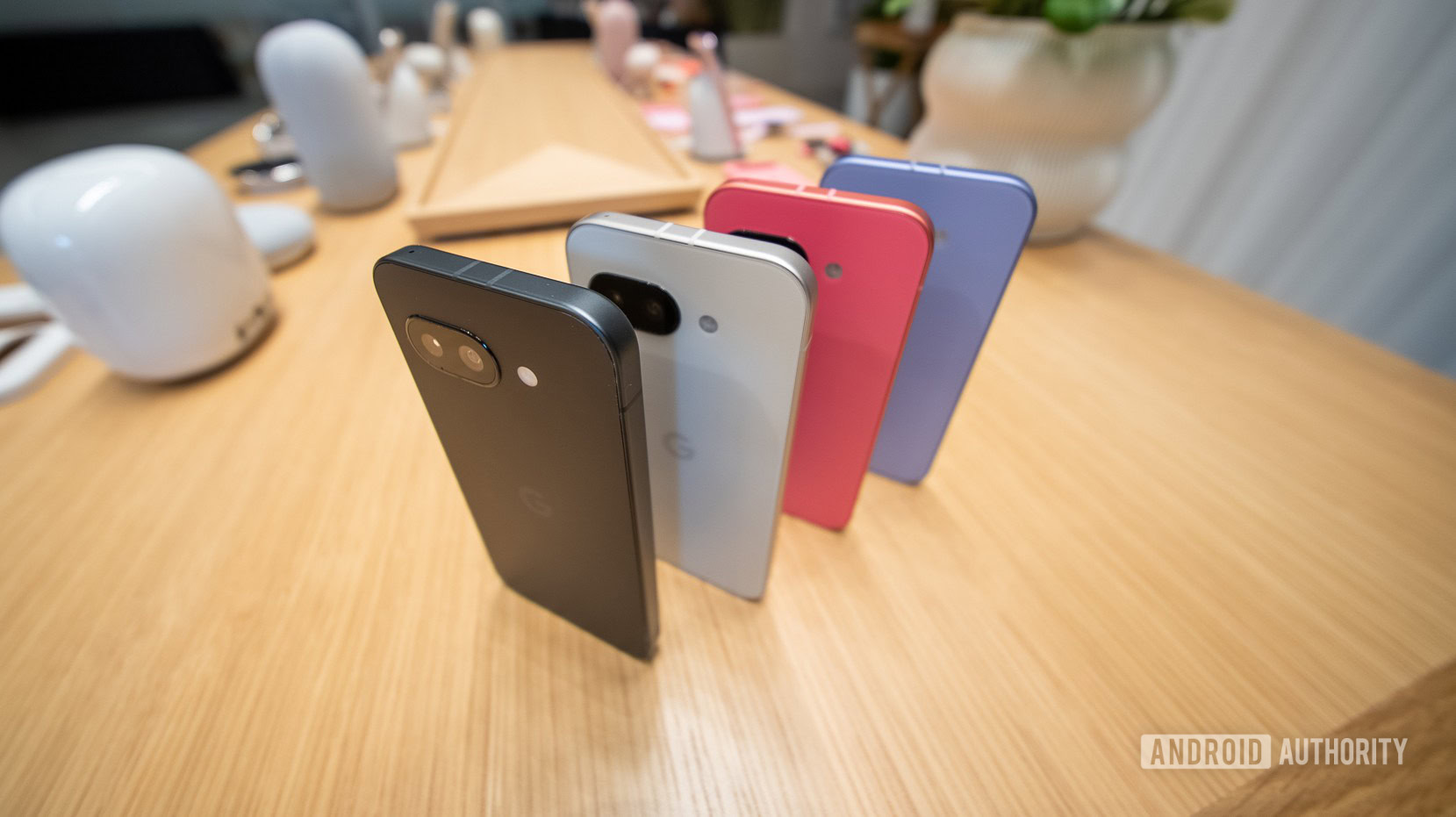
Nintendo delays Switch 2 pre-orders in the US over tariff uncertainty
Ryan McNealApril 4, 2025
0
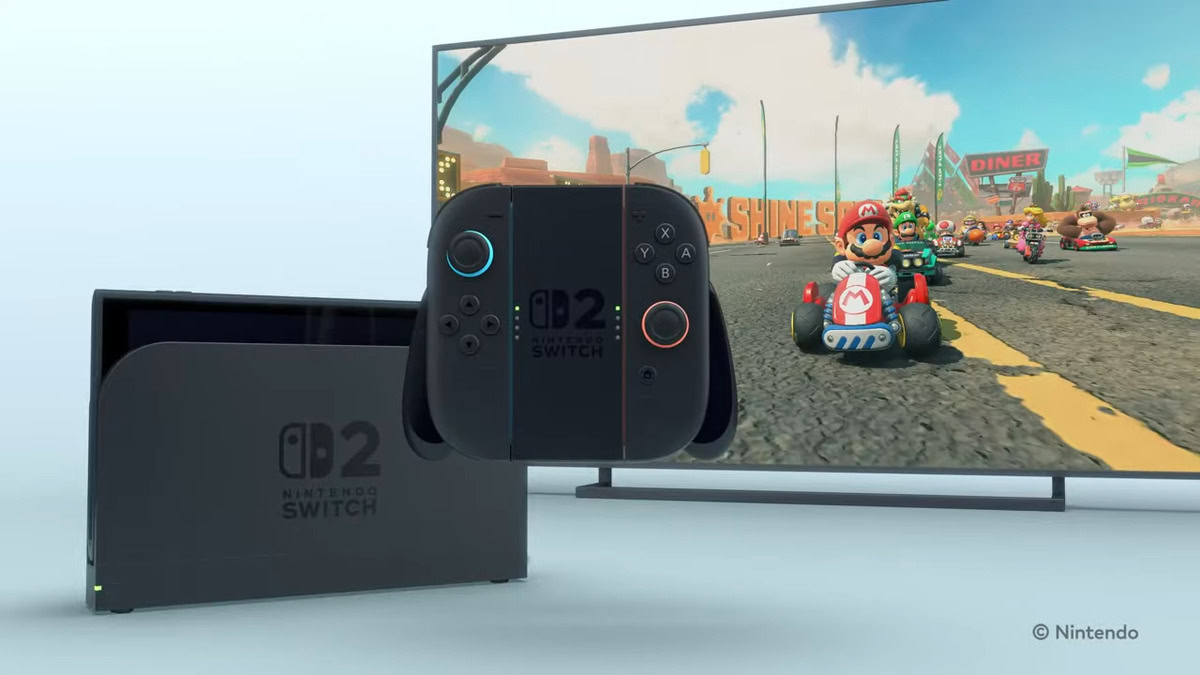
RCS setup in Google Messages keeps failing? Here’s how to (maybe) fix it (Update: Google response)
Aamir SiddiquiApril 4, 2025
0
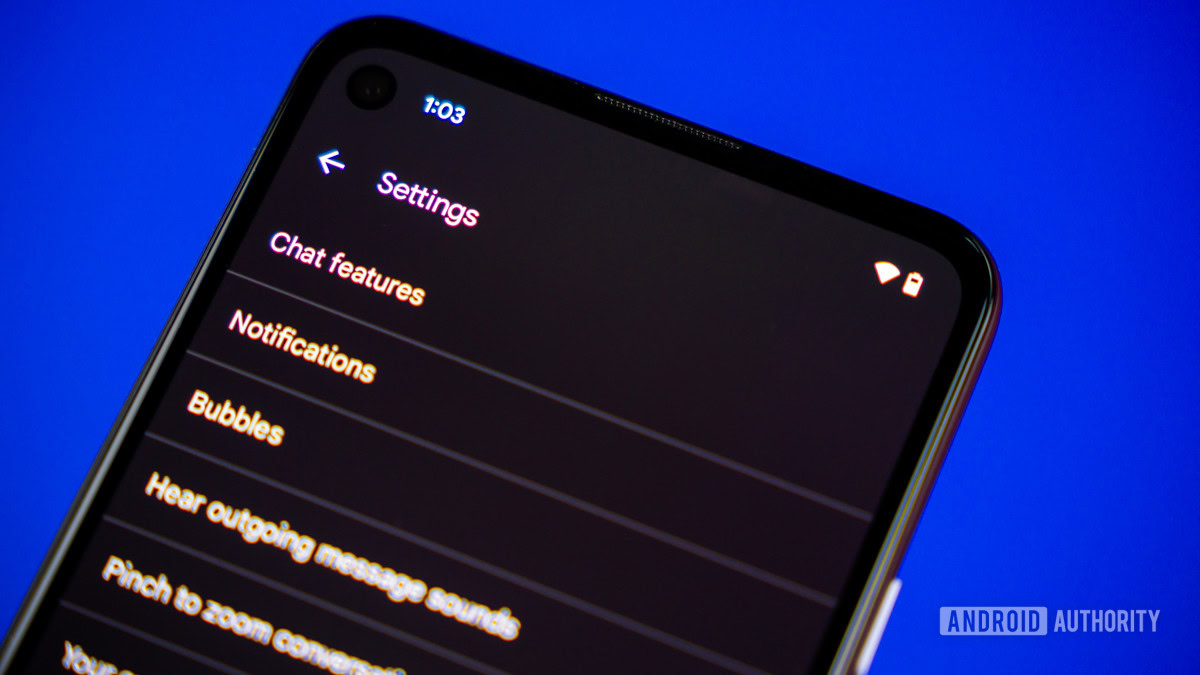
Cricket finally adds one of its most-requested features — and it's better than the competition
Andrew GrushApril 4, 2025
0
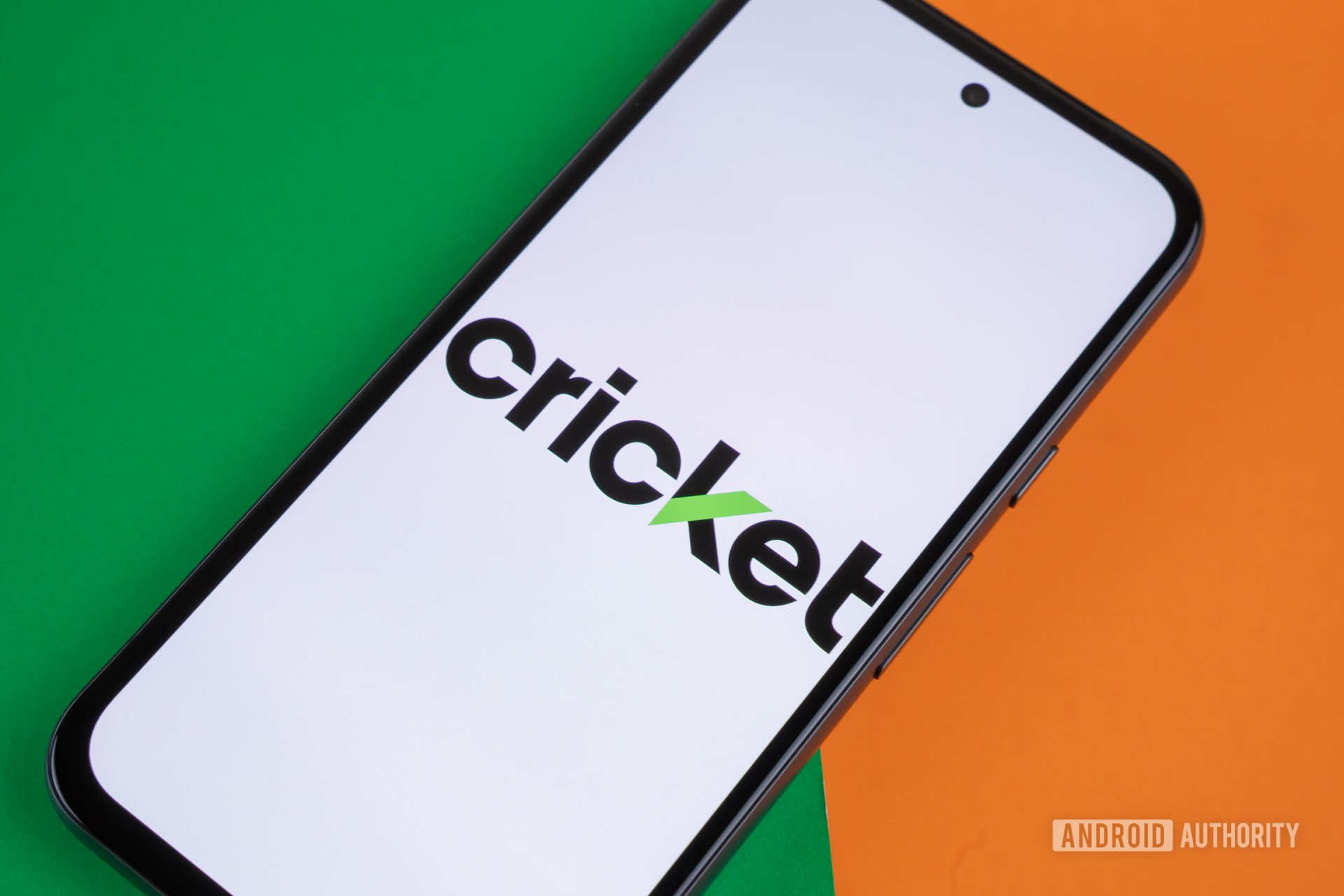
Google Assistant is wreaking havoc on DND settings and making people miss alarms and calls
Ryan McNealApril 4, 2025
0
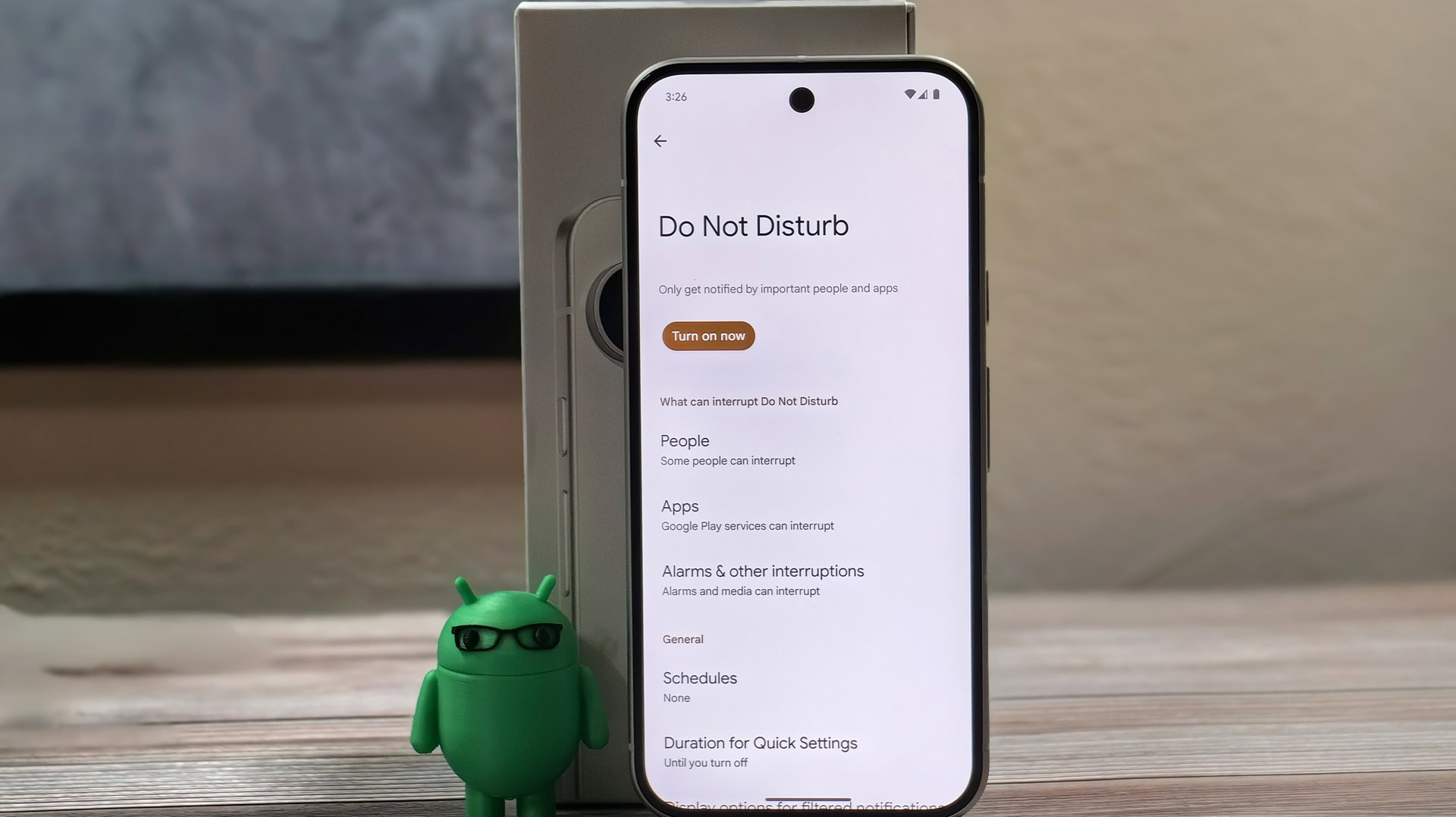
Google wants to make Android 16 even better at streaming music and video
Mishaal RahmanApril 4, 2025
0
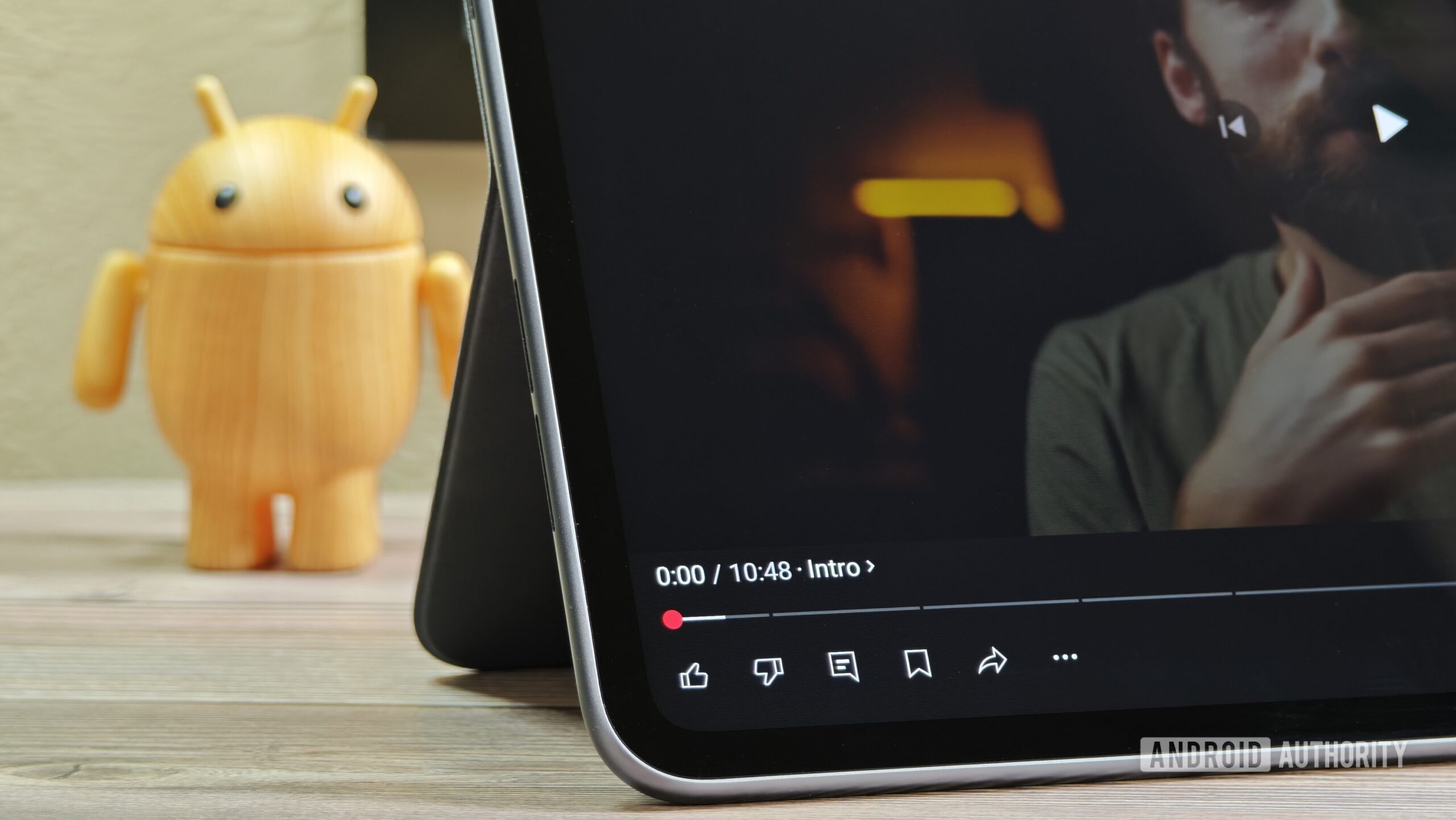
Nothing's CMF Phone 2 teaser hints at notable camera improvements
Pranob MehrotraApril 4, 2025
0
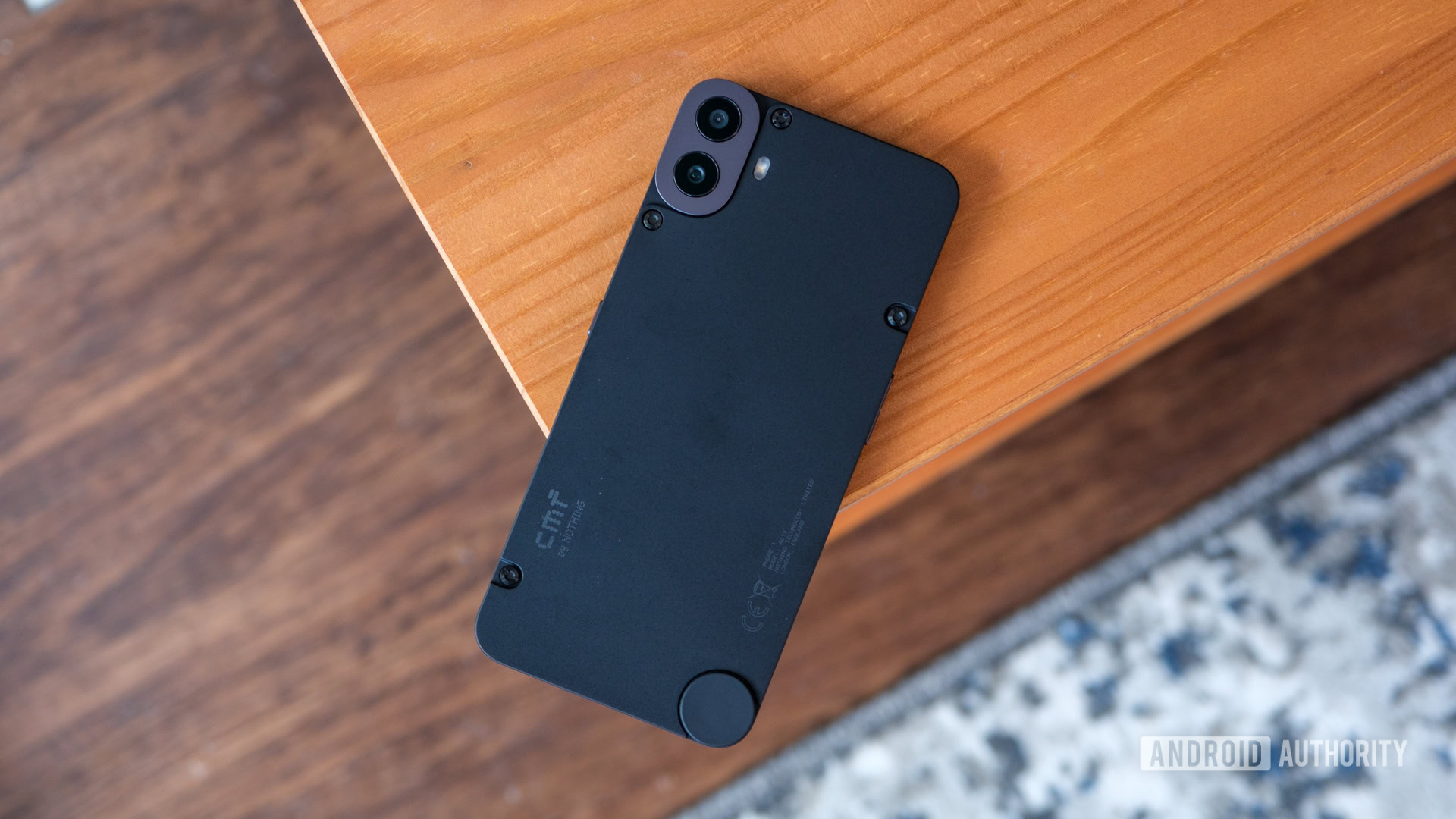
Serious about your retro gaming? This PS2 emulator now tracks true retro trophies
Nick FernandezApril 4, 2025
0

Google Calendar and Keep widgets are getting some much-needed spring cleaning (APK teardown)
Stephen SchenckApril 4, 2025
0
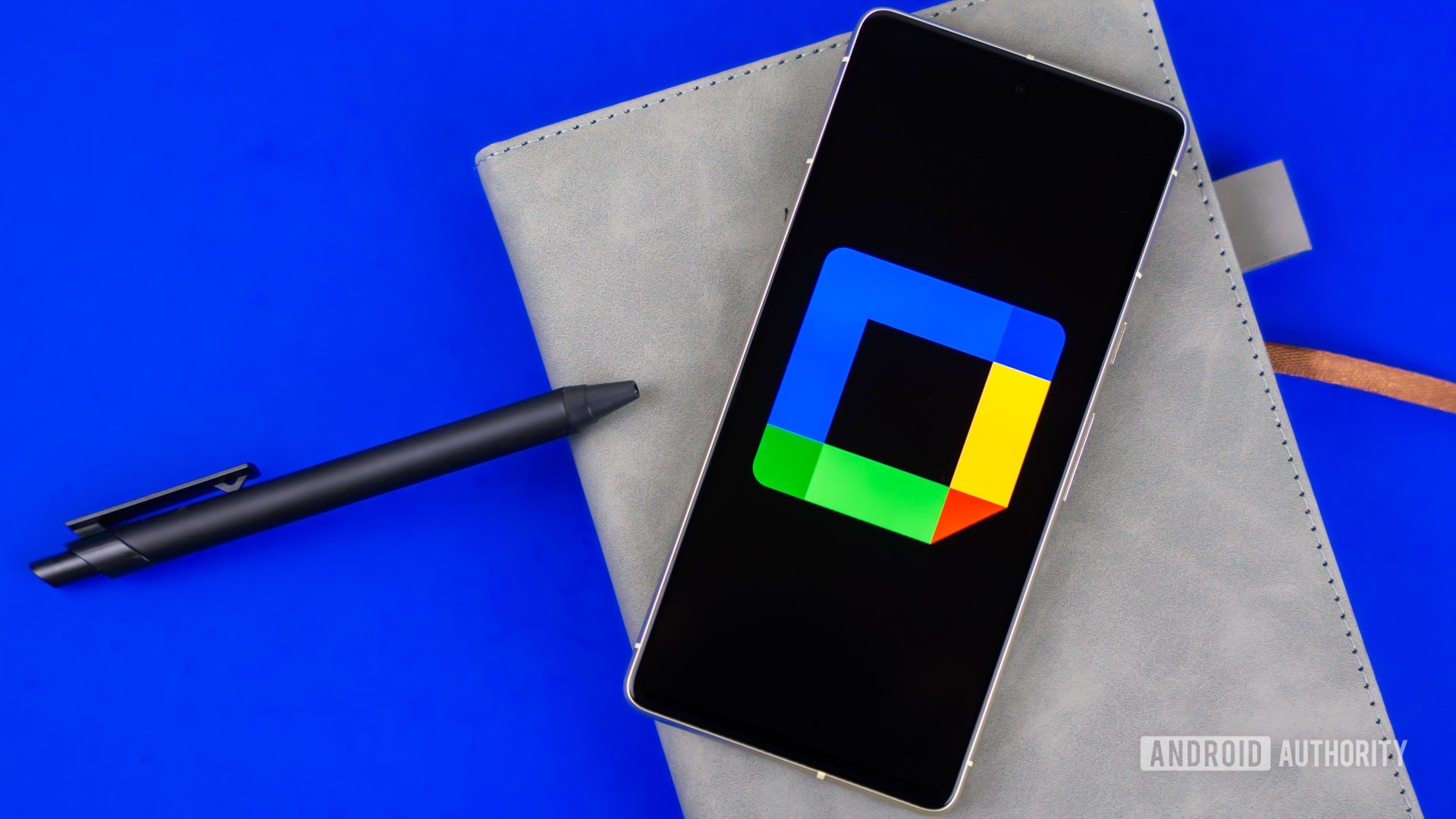
Driver ran away with your package? Uber is working on a solution (APK teardown)
Hadlee SimonsApril 4, 2025
0
